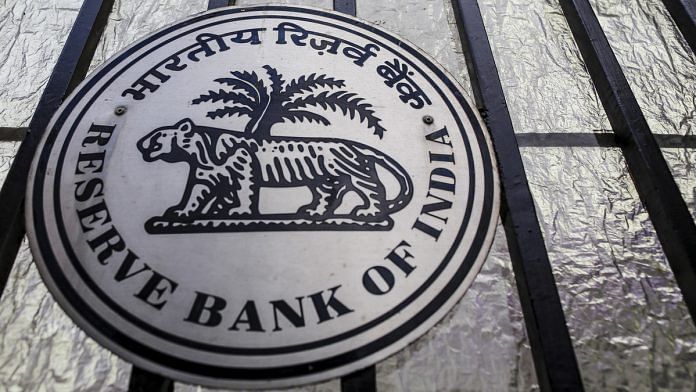Mumbai: An Indian think tank founded by the central bank wants the government to form an independent body to vet official data after questions were raised about the credibility of the nation’s statistics.
Some of the assumptions for economic growth and deficits made in the interim budget “are subject to much debate,” Amartya Lahiri, director at the Mumbai-based Centre for Advanced Financial Research and Learning, or CAFRAL, said in an interview. “We have an unhappy situation where markets, agencies, and foreign investors are all making their own assumptions.”
The view of the think tank, set up by the Reserve Bank of India, comes almost two weeks after the government pegged budget deficit target at 3.4 percent of gross domestic product for the current fiscal year ending in March as well as the next. That was narrower than expected and surprised India watchers, given Prime Minister Narendra Modi’s push to finance populist measures before national elections due by May.
The budget provided a consumer stimulus, such as the $10.6 billion-plan to pay cash to farmers, and was based on the assumption revenue will grow 14 percent year-on-year. But history shows India, whose aggregate fiscal deficit including its states is close to 6.5 percent of GDP, has missed income targets in each of the past five fiscal years.
The estimates of CAFRAL show the federal government’s budget deficit will probably be closer to 3.7 percent of GDP and the combined deficit breaching 7 percent.
Credit Negative
The government’s aim has been to bring fiscal deficit to 3.1 percent of GDP by 2020. While that’s been missed and is viewed as credit negative by ratings companies, a wider slippage will be frowned upon by investors.
“I think the revenue targets made in the budget are very ambitious,” Lahiri said.
The concerns about missing targets come on top of questions over the reliability of economic data from India. Two members of the National Statistical Commission recently quit after expressing concerns about a labor report and revisions to GDP figures.
Surprising
Government data last month showed economic growth in the year Modi banned 86 percent of currency was among the fastest ever. That was after it revised the numbers to include updated estimates of farm output and prices as well as latest reports from state-run companies and banks, among others.
“The revision in the data is surprising.” Soumya Kanti Ghosh, chief economic adviser at State Bank of India, the nation’s largest lender, said in a note Jan. 31. “It turns the story of a slowdown beginning from the second quarter of fiscal year 2017 on its head.”
The government changed the methodology to calculate GDP in 2015, which has been questioned by Ravindra Dholakia, a member of Monetary Policy Committee. It’s also prompted economists such as those in Mumbai-based brokerage Ambit Capital Pvt. to work on their own indexes to measure growth.
Adding an independent body to vet numbers would go a long way in restoring credibility, Lahiri said.
“For a country which needs foreign capital inflows to the tune of nearly $100 billion every year, the data process has to be independent,” he said. “Right now we are standing at the precipice and it’s a very slippery slope from here.”-Bloomberg
Also read: Year after historic circular, debate over RBI’s regulation making powers still mired in confusion







Saaf niyat hi kaafi hai. We have always trusted official data, have had no occasion to believe it was being cooked up.